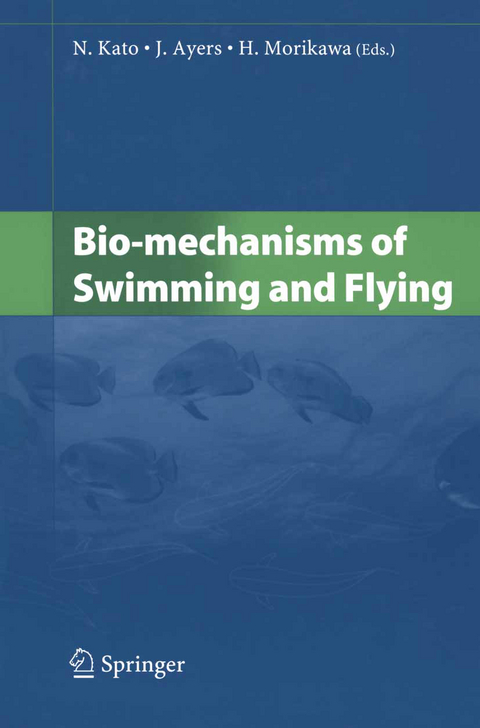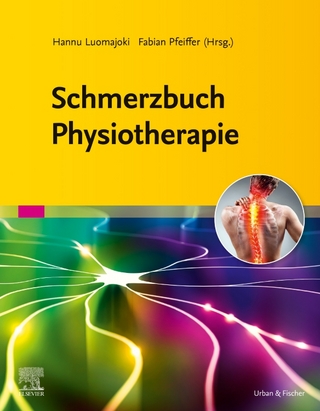
Bio-mechanisms of Swimming and Flying
Springer Verlag, Japan
978-4-431-67963-9 (ISBN)
1 An Engineering Perspective on Swimming Bacteria: High-Speed Flagellar Motor, Intelligent Flagellar Filaments, and Skillful Swimming in Viscous Environments.- 2 Euglena Motion Control by Local Illumination.- 3 Thrust—Force Characteristics of Enlarged Propulsion Mechanisms Modeled on Eukaryotic Flagellar Movement and Ciliary Movement in Fluid.- 4 Resonance Model of the Indirect Flight Mechanism.- 5 On Flow Separation Control by Means of Flapping Wings.- 6 Outboard Propulsor with an Oscillating Horizontal Fin.- 7 Three-Dimensional Maneuverability of the Dolphin Robot (Roll Control and Loop-the-Loop Motion).- 8 Fundamental Study of a Fishlike Body with Two Undulating Side-Fins.- 9 Biology-Inspired Precision Maneuvering of Underwater Vehicles.- 10 Optimal Measurement Strategies for Environmental Mapping and Localization of a Biomimetic Autonomous Underwater Vehicle.- 11 Experimental and Analytical Study of the Schooling Motion of Fish Based on Two Observed Individual Motions: Approaching Motion and Parallel Orienting Motion.- 12 Neural Basis of Odor-Source Searching Behavior in Insect Microbrain Systems Evaluated with a Mobile Robot.- 13 Architectures for Adaptive Behavior in Biomimetic Underwater Robots.- 14 Efficiency of Biological and Artificial Gills.
| Zusatzinfo | X, 210 p. |
|---|---|
| Verlagsort | Tokyo |
| Sprache | englisch |
| Maße | 155 x 235 mm |
| Themenwelt | Medizin / Pharmazie ► Physiotherapie / Ergotherapie ► Orthopädie |
| Naturwissenschaften ► Biologie | |
| Naturwissenschaften ► Physik / Astronomie ► Angewandte Physik | |
| Technik ► Medizintechnik | |
| Schlagworte | behavioral science • biofluid dynamics • Biomechanics • biomimetic vehicle • Microbiology |
| ISBN-10 | 4-431-67963-4 / 4431679634 |
| ISBN-13 | 978-4-431-67963-9 / 9784431679639 |
| Zustand | Neuware |
| Haben Sie eine Frage zum Produkt? |
aus dem Bereich


